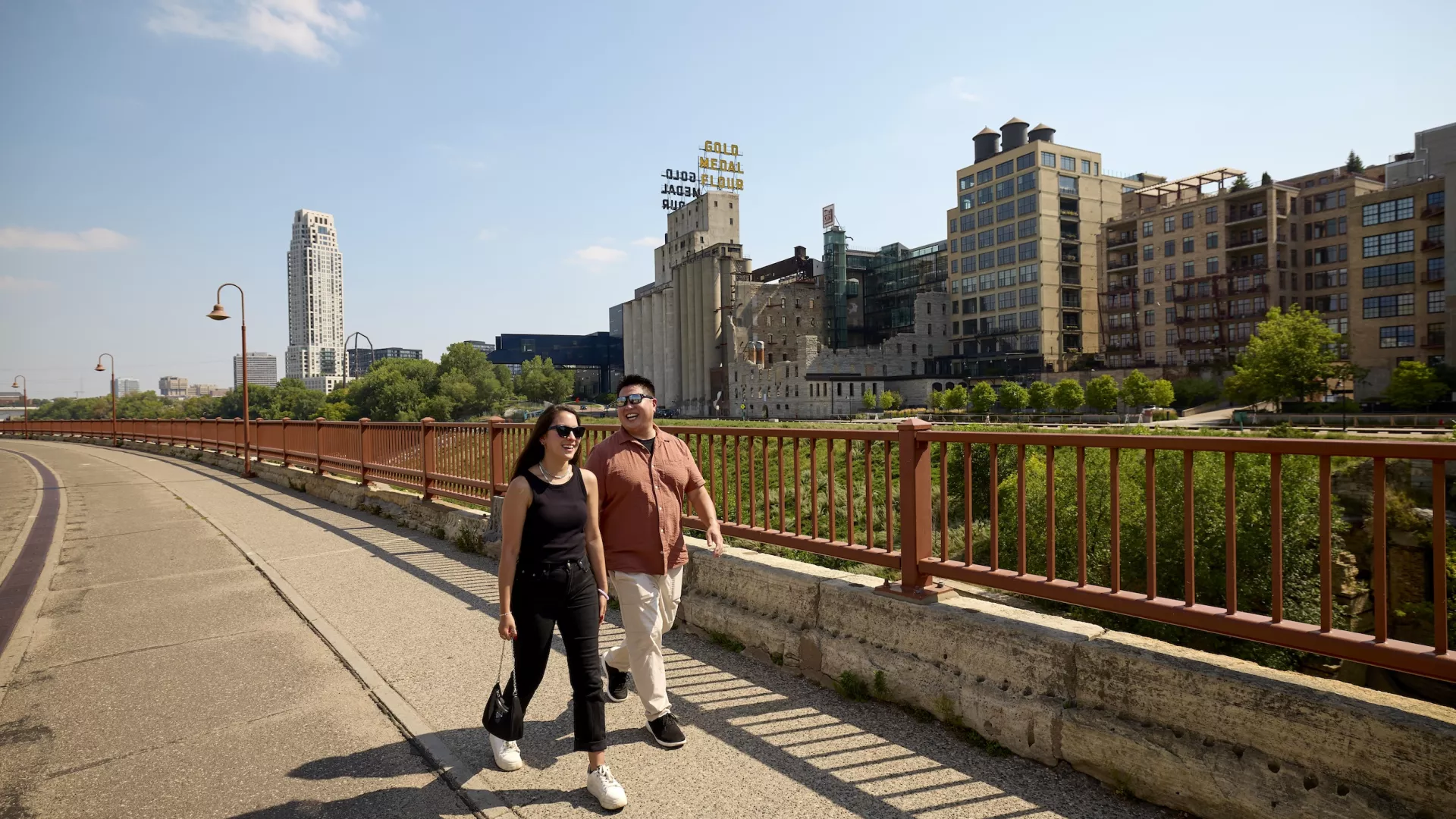
- Home
- Minneapolis
- Downtown Guide
A Guide to Downtown Minneapolis' Mill City River District
Minneapolis was once called “the Mill City” due to its robust flour milling industry. Those days may have passed, but the neon “Gold Medal Flour” sign remains, as does the city’s strong reputation for bakeries and locally-milled grains.
The neighborhood that once housed these mills is now known as the Mill City District or the River District due to its location alongside the Mighty Mississippi. These days, the Mill City River District is anchored by luxury riverfront property, the world-renowned Guthrie Theater, and Owamni, Chef Sean Sherman’s multi-award-winning homage to Indigenous cuisine.
It is also, of course, home to the Mill City Ruins (within the Mill City Museum), the positively European-looking remains of what was once the world’s largest flour mill, and the Stone Arch Bridge — a stunning pedestrian-only overpass that is perhaps the state’s most-photographed landmark.

VISIT THE NATION'S
BEST REGIONAL THEATER
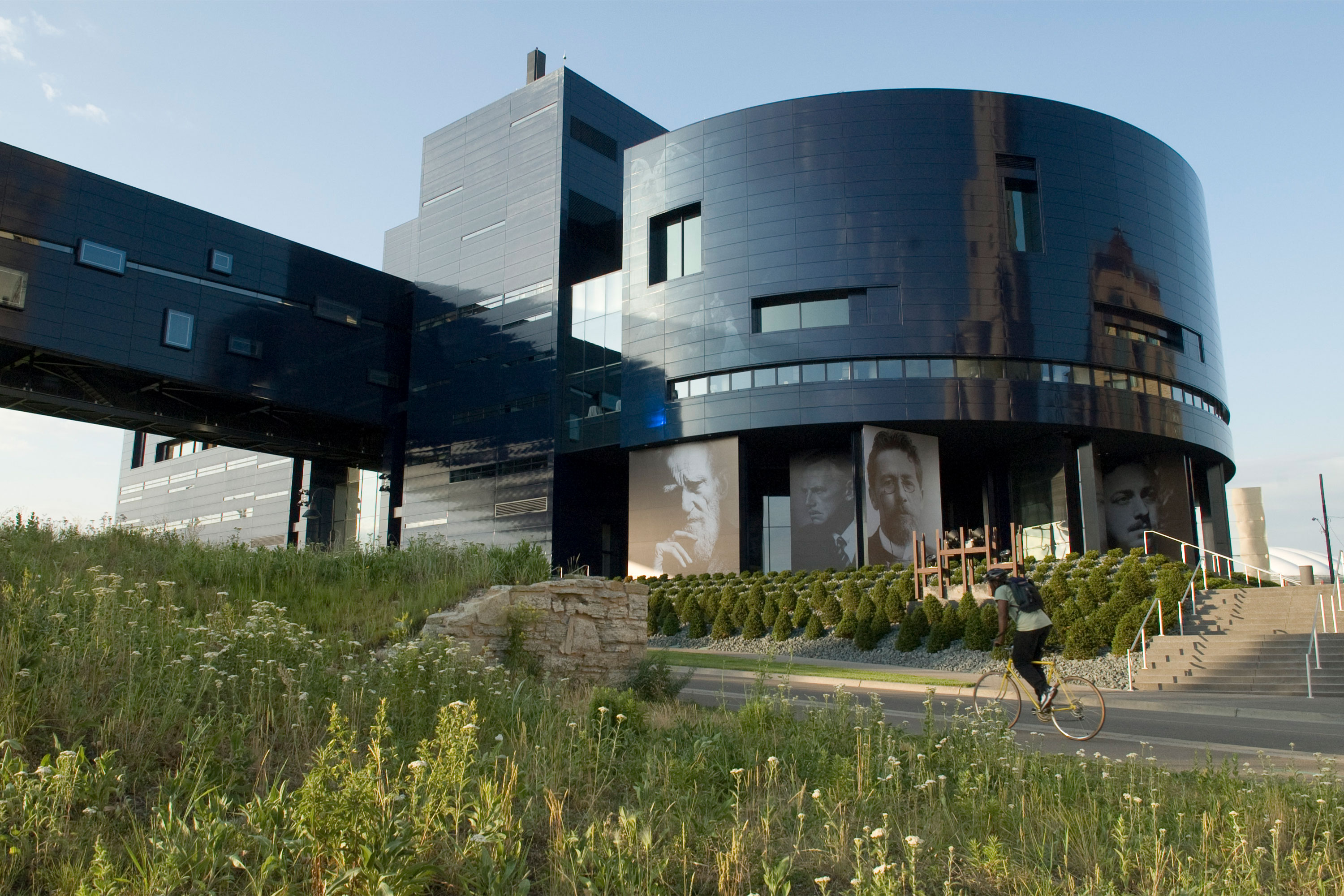
Not only is the Guthrie Minnesota’s flagship theater and a feat of modern architecture, but it’s also the birthplace of the American regional theater movement. Founded in 1963 on the principle that the highest-caliber theater shouldn’t require a trip to Broadway, the Guthrie clinched the regional theater TONY Award in 1982.
In 2006, the theater moved from its Loring Park home to a brand-new, 285,000-square-foot facility on the Mississippi River, designed by famed French architect Jean Nouvel.
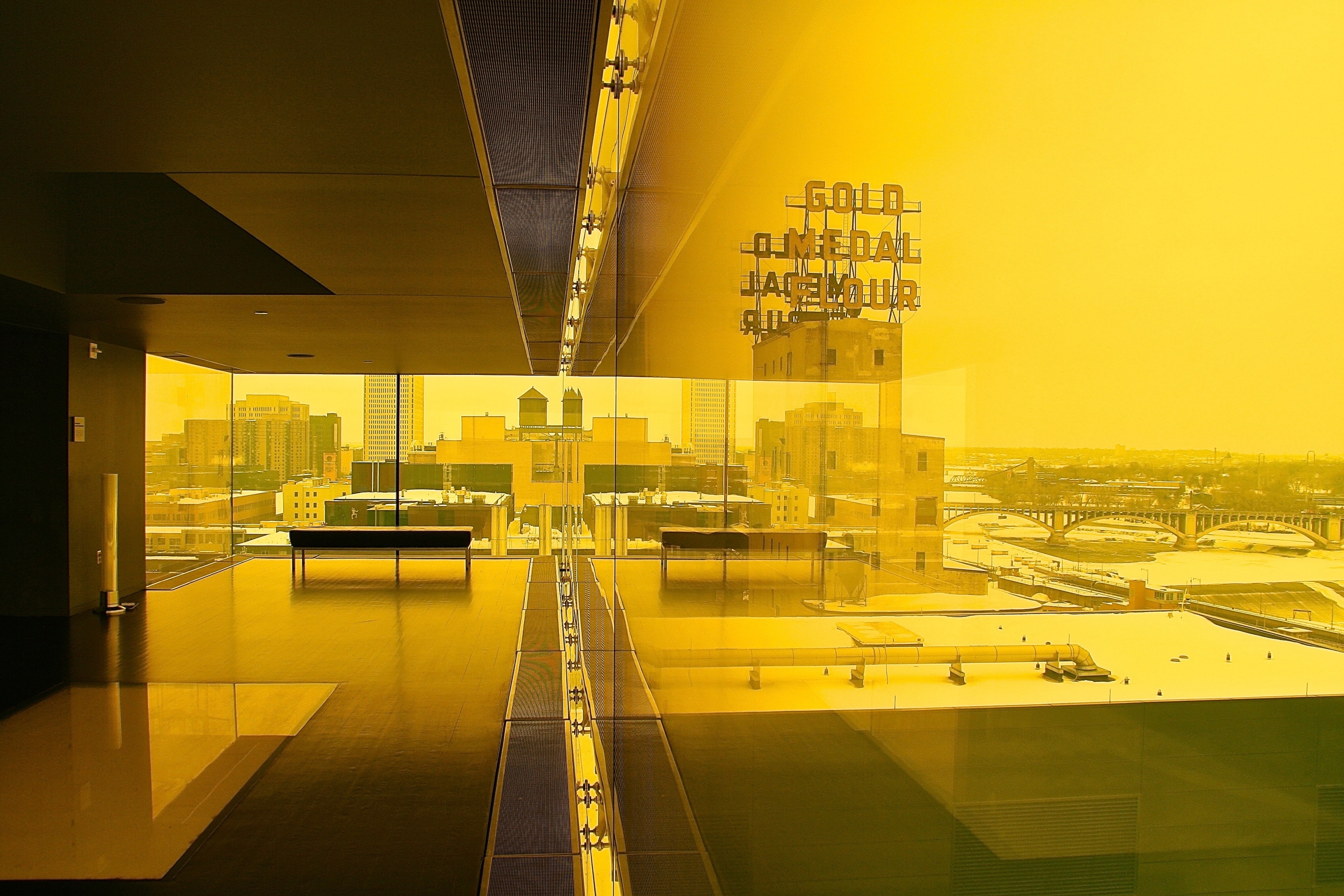
The Guthrie is still considered the crown jewel of American regional theaters, attracting world premieres from the likes of Tony Kushner and Mark Rylance, and its stunning building is open to the public (whether or not you have a ticket to a show), including the iconic cantilever bridge and amber box.
Now producing a mix of Shakespearian classics, musical theater, world premieres, broadly appealing comedies and lesser-known works, any trip to Minneapolis should include a stop at this shining example of artistic excellence.
TAKE A PICNIC TO
GOLD MEDAL PARK
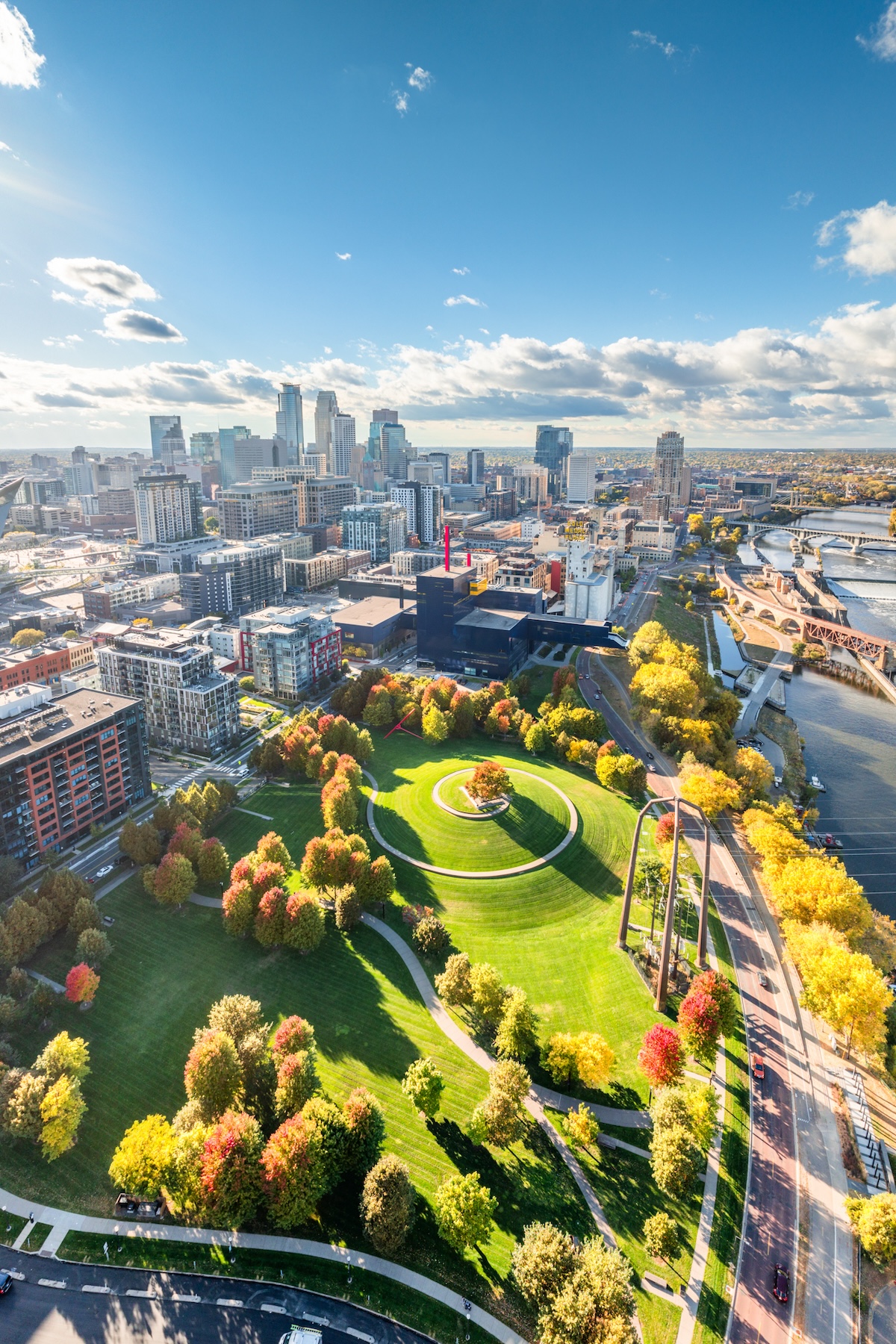
Perhaps the best thing about Minneapolis is the integration of nature throughout the city center. Take Gold Medal Park: climb a spiral sidewalk to a 32-foot grass mound, and you’ll be enjoying a view of the Mississippi River, Stone Arch Bridge, and Guthrie Theater — right in the center of downtown.
SAMPLE INDIGENOUS
CUISINE AT OWAMNI
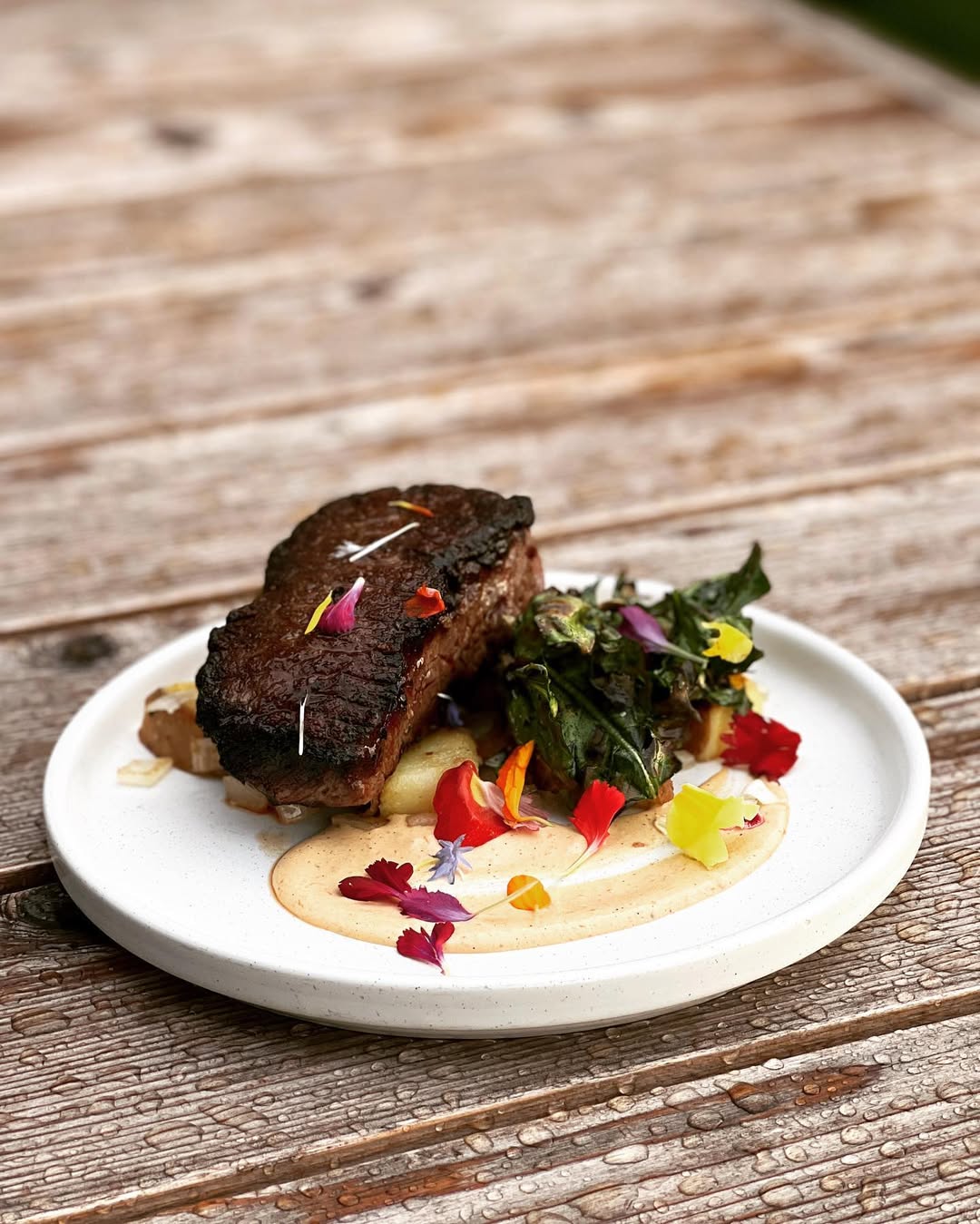
Located inside the Water Works Pavilion, a beautifully revitalized riverfront building from the 1870s, Owamni is committed to revitalizing Native American cuisine. The restaurant partners with Indigenous food producers, and their menu is decolonized, meaning they avoid wheat flour, dairy and cane sugar in favor of Indigenous ingredients, such as bison, wild rice, duck, and native berries.
The restaurant won Best New Restaurant at the James Beard Awards in 2022 and landed on the New York Times 50 Best Restaurants List. Three years after opening, and it’s still one of the hardest reservations in town to score.
RIDE A GRAIN ELEVATOR
AT MILL CITY MUSEUM

Built inside the ruins of the Washburn A Mill — the company that would later become General Mills — the Mill City Museum explores Minneapolis’ historic role in the milling industry. Ride their “flour tower,” an amazingly restored grain elevator, visit the baking and water labs, take in an incredible view from the observation deck, and don’t miss the courtyard ruins, which often hosts picturesque musical performances.
BAG A LOVELY BOUQUET AT
MILL CITY FARMERS MARKET
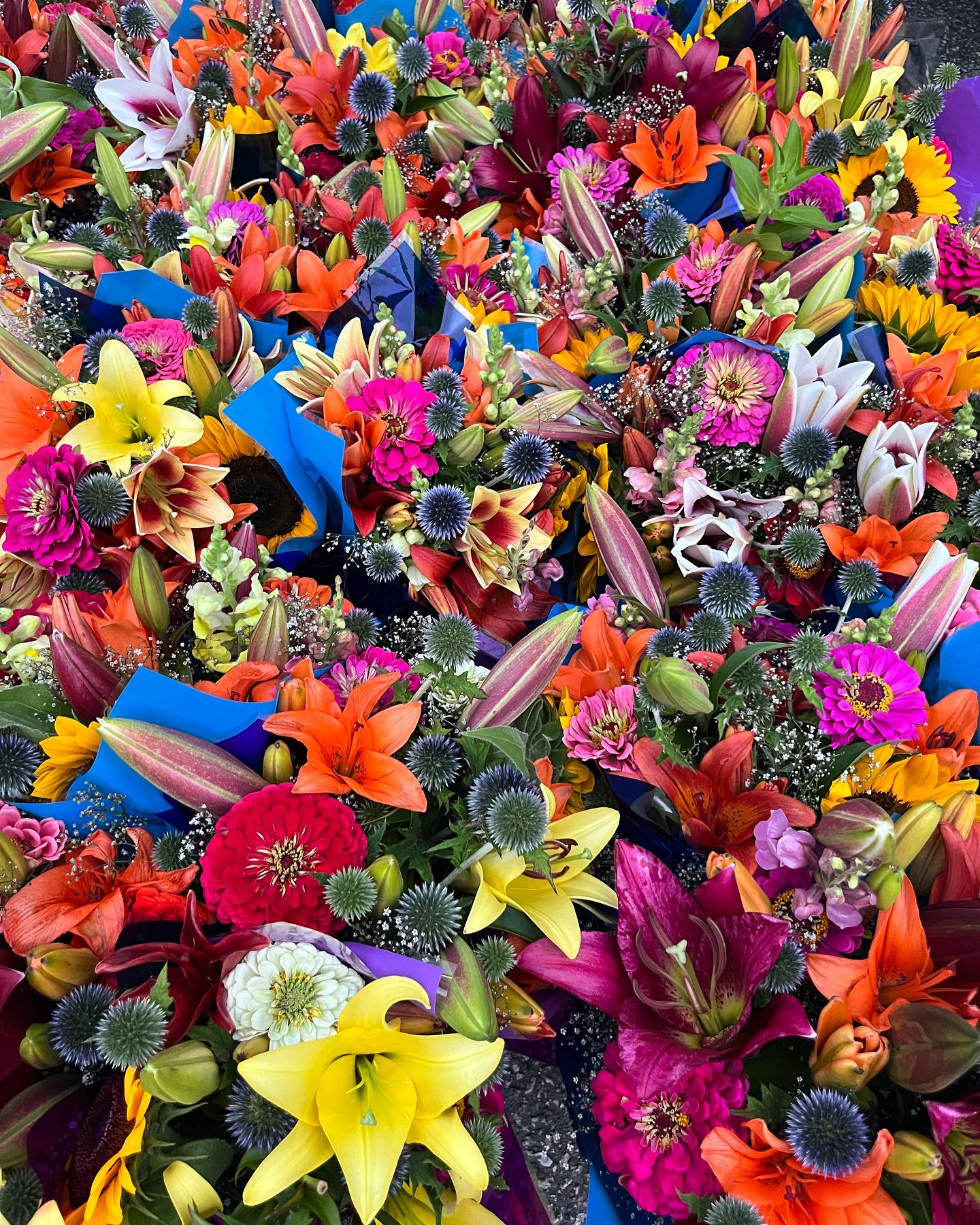
Located in the picturesque pedestrian area between the Guthrie Theater and Mill City Museum, the Mill City Farmers Market hosts more than 100 vendors. We wouldn’t count on this particular market for your weekly grocery shop (for that, head up to the wonderful Minneapolis Farmers Market), but it’s absolutely perfect for strolling through on a Saturday morning and picking up some fresh pastries and a fat bouquet of Dahlias.
WALK (OR BIKE) THE
STONE ARCH BRIDGE

Perhaps Minneapolis’ best-known landmark, the pedestrian-and-bicycle-only Stone Arch Bridge crosses the Mississippi River, connecting downtown to the picture-perfect Saint Anthony neighborhood. No trip to Minnesota is complete without making the trek, but it’s particularly spectacular in fall, when the riverfront lights up in autumnal confetti.
PRETEND YOU'RE FRENCH
AT MOTHER DOUGH

Ever wonder where you can get a baguette in downtown Minneapolis? The two locations of David Fhima's Mother Dough — one on 205 Park Avenue, another in the Capella Tower — have you covered. Using his grandmother's 130-year-old starter, Fhima crafts sourdough boules, rolls, and brioche.
For the lunch crowd, there's sandwiches, salads, and soups, and a selection of traditional French pastries to grab with a cup of coffee. Oh, and we won't tell if you pair your jamon and butter with a mid-day glass of Cabernet Franc.
BIKE OR WALK ALONG THE
GRAND ROUNDS SCENIC BYWAY
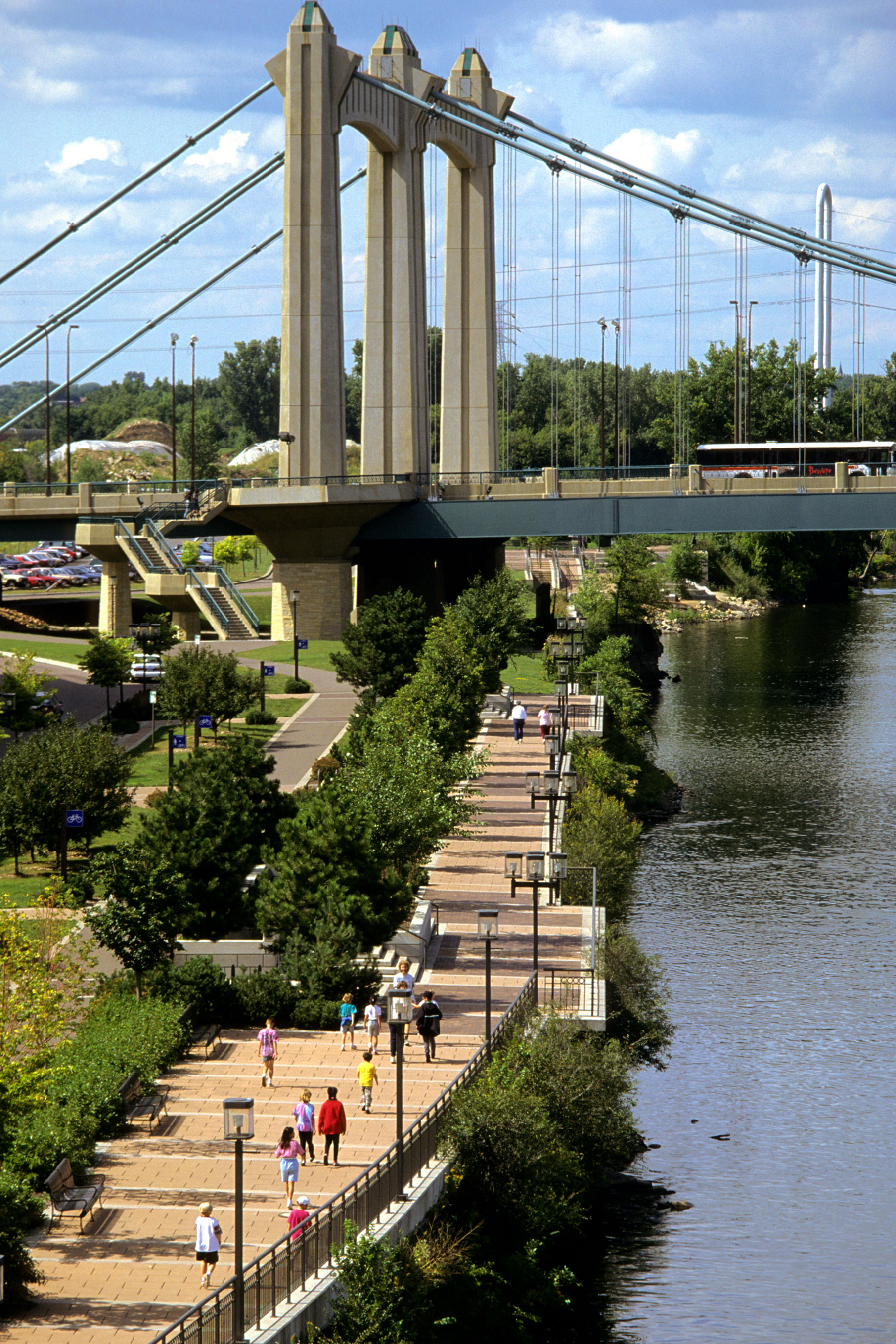
Minneapolis is one of the nation's greenest cities, and the Grand Rounds Scenic Byway, a 55-mile series of interconnected biking and walking trails, is the poster child for scenic city planning. A little over a mile of the downtown riverfront is included in the byway, and the path surrounding Mill Ruins Park is an easy access point.
Grab a coffee and take a stroll or use it as an entry point to bike the entire loop.
